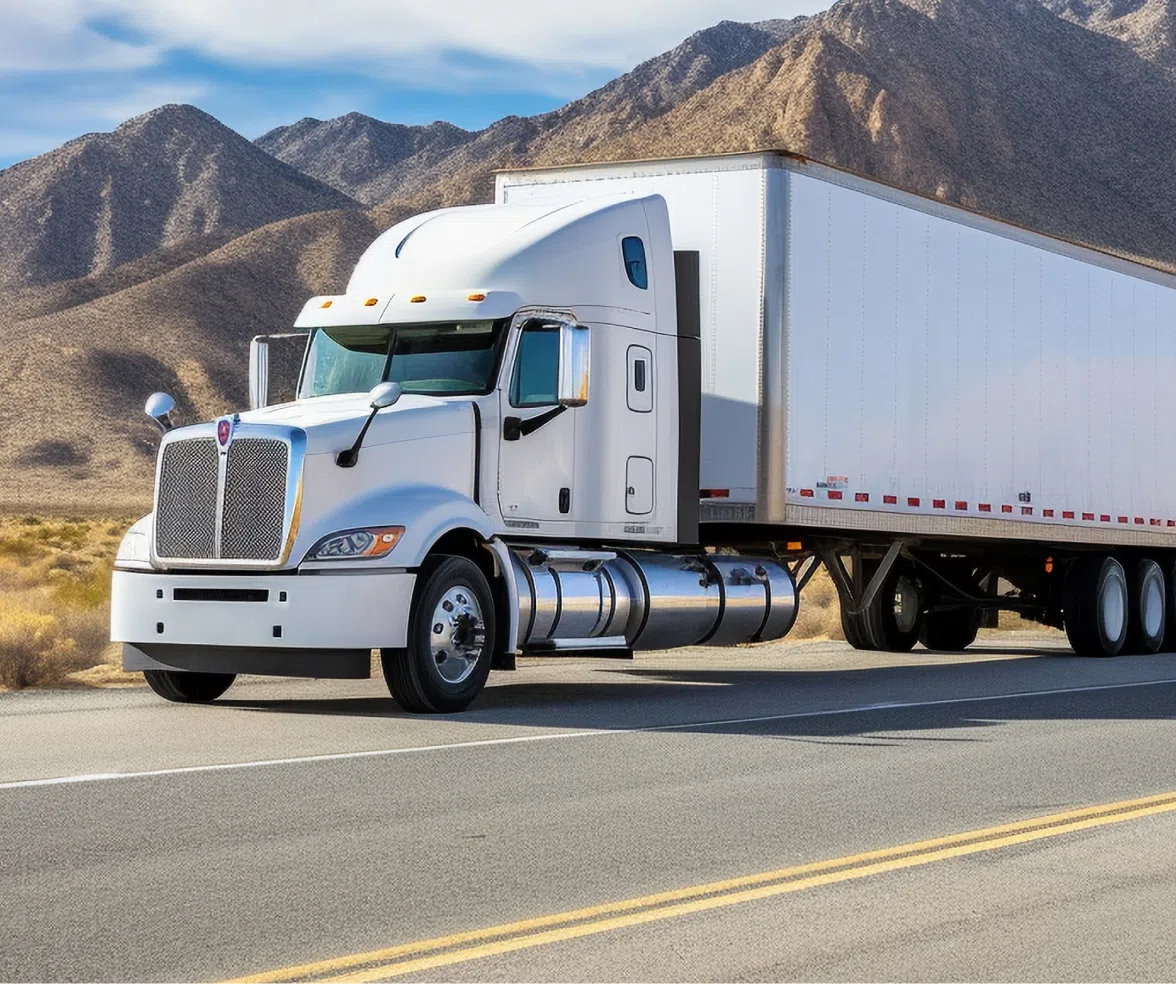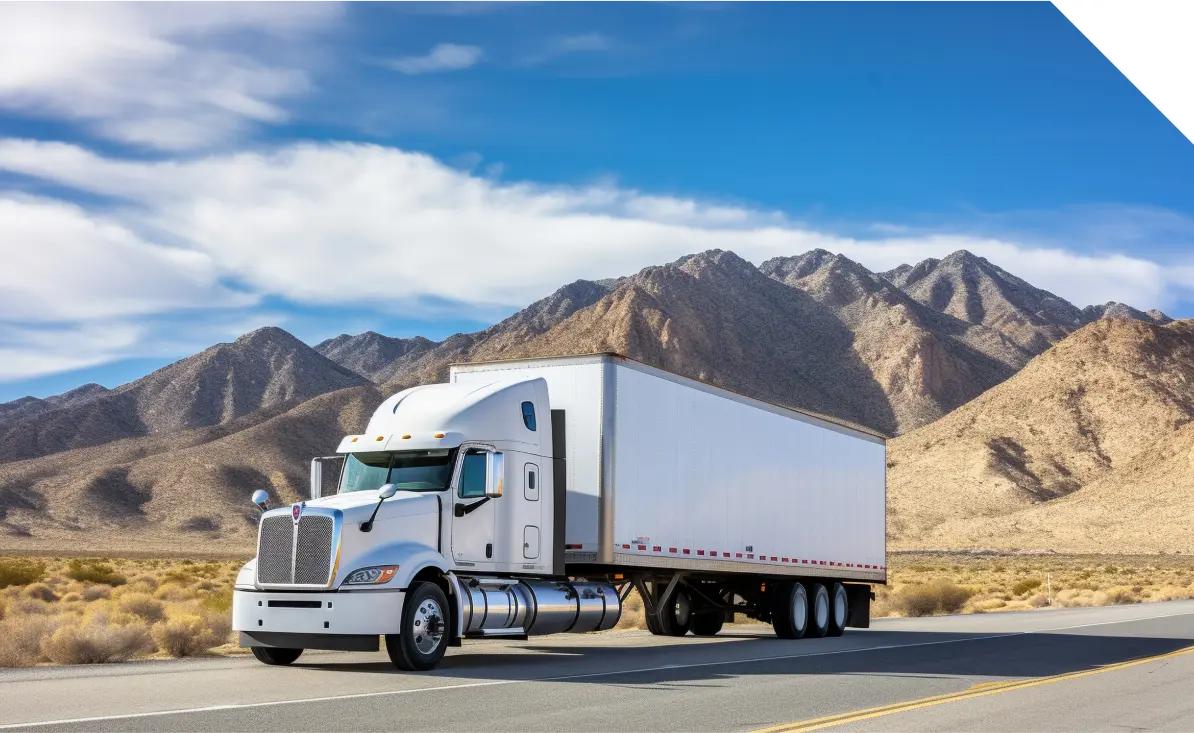Should You Choose Rail Transport for Container Shipping?

Rail container transport stands out for its ability to handle large volumes at cost-effective rates, especially over long distances. However, this method also has limitations in terms of time and destination points. This article provides an in-depth analysis of the advantages, disadvantages, procedures, updated freight rates, and factors affecting North-South rail container shipping costs—helping you gain a comprehensive understanding and make the best decision for your logistics needs.
Latest North-South Rail Container Transport Rates
| Departure Station | Destination Station | Shared ½ 40DC/40HC Container (VND) | Full 40DC/40HC Container (VND) | Transit Time |
|---|---|---|---|---|
| Đông Anh | Đà Nẵng/Kim Liên | 7,880,000 | 13,130,000 | 30 hours |
| Diêu Trì | 9,750,000 | 16,250,000 | 40 hours | |
| Trảng Bom | 11,630,000 | 19,380,000 | 65 hours | |
| Giáp Bát | Đà Nẵng/Kim Liên | 6,750,000 | 11,250,000 | 30 hours |
| Sóng Thần | 10,800,000 | 18,000,000 | 65 hours | |
| Trảng Bom | Diêu Trì | 4,130,000 | 6,880,000 | 20 hours |
| Đà Nẵng/Kim Liên | 7,880,000 | 13,130,000 | 35 hours | |
| Vinh | 8,630,000 | 14,380,000 | 50 hours | |
| Giáp Bát | Vinh | 10,500,000 | 17,500,000 | 65 hours |
| Đông Anh | Vinh | 8,250,000 | 13,750,000 | 65 hours |
| Sóng Thần | Đà Nẵng/Kim Liên | 7,880,000 | 13,130,000 | 35 hours |
| Vinh | 8,630,000 | 14,380,000 | 50 hours | |
| Đông Anh/Giáp Bát | Vinh | 10,500,000 | 17,500,000 | 65 hours |
Notes:
Prices exclude 8% VAT.
Extra charges not included (e.g., container lifting at stations and other surcharges).
Prices do not include trucking from warehouse to station or from station to delivery point.
Rates apply to 40-foot containers. A 10% surcharge applies for 45-foot containers.
Transit time is based on fixed train schedules and may vary due to railway operations.
For dry goods and consolidated shipments:
Maximum load is 26 tons/container.
If your shipment does not fill a full container, shared container shipping with other customers can reduce costs.
Factors Influencing Rail Container Transport Costs
Container type: Size (20ft, 40ft, 45ft, etc.), function (reefer, tank, open-top, etc.).
Cargo weight & size: Heavier and bulkier cargoes incur higher fees.
Distance: Longer transport routes result in higher costs.
Stations: Some stations may have differing fees.
Support services: Loading/unloading, warehousing, customs, insurance, etc.
Transport timing: Prices may rise during peak seasons or holidays.
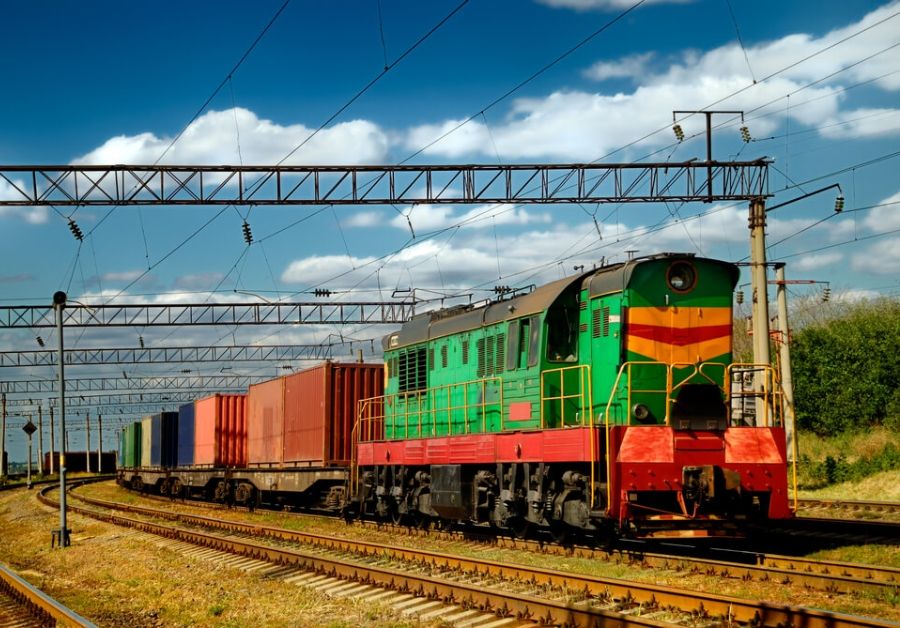
Advantages of Rail Container Transport
Cost-efficient: Ideal for bulk cargo over long distances.
Heavy & oversized cargo: Suits items difficult to move by road.
Schedule stability: Less weather disruption.
Safety: Lower accident rates compared to road transport.
Eco-friendly: Reduced emissions and environmental impact.
Disadvantages of Rail Container Transport
Transit time: Slower than road transport.
Location limitations: Only serves areas with railway stations.
Train schedule dependency: Must align with train timetables.
Requires road transport integration: Last-mile delivery still needs trucks.
Potential for high-value losses: Accidents, though rare, can cause significant damage.
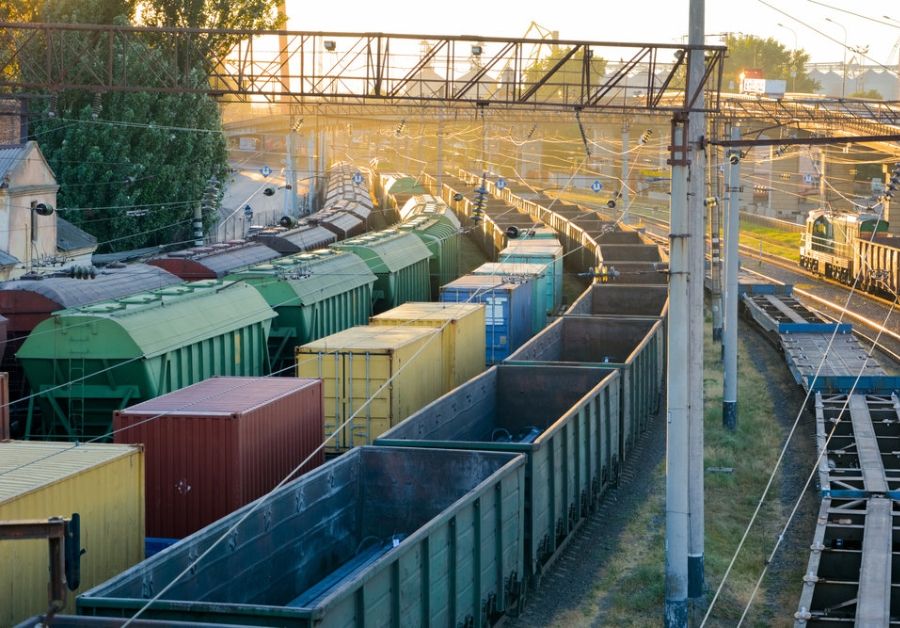
Rail Container Transport Process
Receiving transport request
Customers contact the transport company, providing details on cargo, quantity, departure/destination stations, and service needs.Cargo survey & consultation
Experts assess cargo and recommend an optimal transport plan, with transparent, detailed pricing.Contract signing
Both parties agree on terms and sign a contract to protect mutual interests.Container delivery to departure station
Either the customer or the transport company moves the container to the agreed departure station.Shipping preparation
Cargo information is declared, and the container is inspected and sealed for safety.Loading & transport by train
Containers are loaded onto trains and transported according to railway routes and schedules.Arrival & final delivery
Upon arrival, the container is received and delivered to the final destination as agreed.
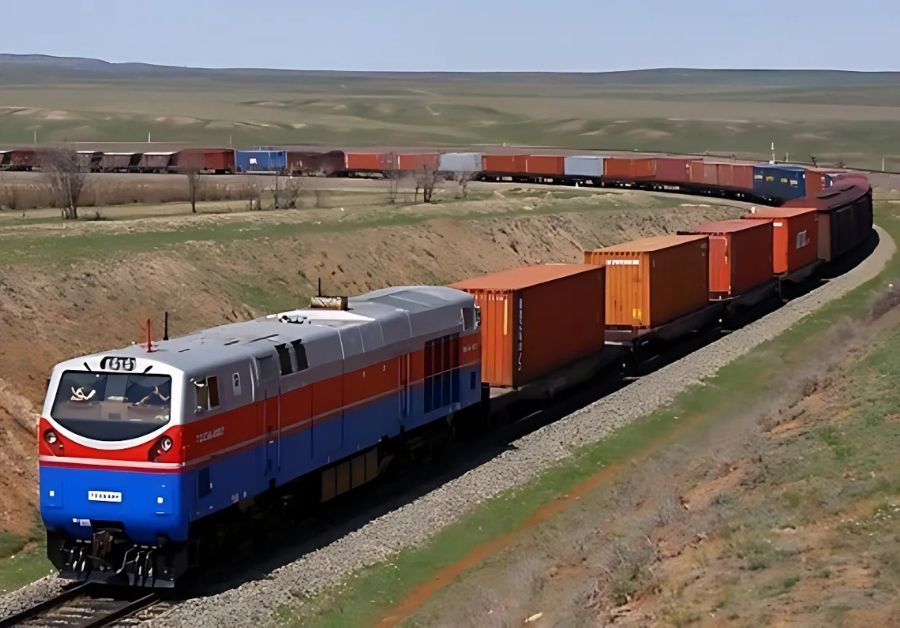
Rail container transport is a cost-effective and safe option for moving large volumes of goods over long distances. However, it's essential to carefully weigh its pros and cons before choosing it for your cargo needs.
Tân Thanh Container is a leading provider of various types and sizes of container in Vietnam. With over 30 years of experience, we are committed to offering high-quality products, competitive pricing, and dedicated after-sales service. Contact us today for the best rates!
Tân Thanh Trading Mechanic Corporation
Address: No. 14, Street 15, Quarter 4, Linh Trung Ward, Thu Duc City, Ho Chi Minh City
Phone: 0968 039 939
Email: info@tanthanhcontainer.com
Website: https://tanthanhcontainer.com/






